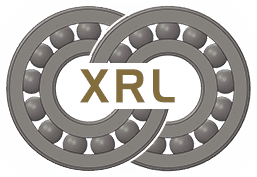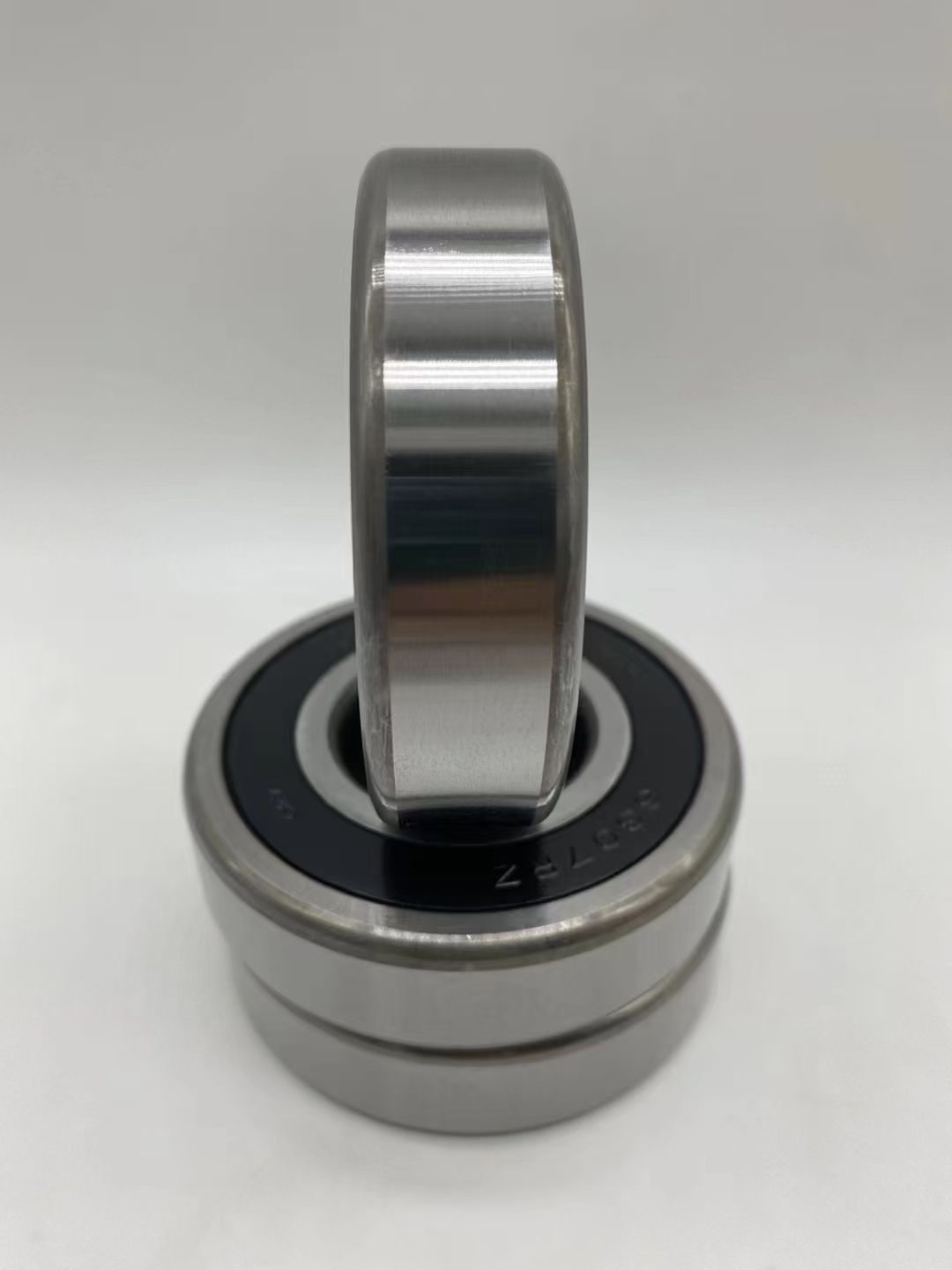Bearing type selection The commonly used rolling bearing models for motors are deep groove ball bearings, cylindrical roller bearings, spherical roller bearings, and angular contact ball bearings. The bearings at both ends of small motors use deep groove ball bearings, medium-sized motors use roller bearings at the load end (generally used for high load conditions), and ball bearings at the non-load end (but there are also opposite cases, such as 1050kW motors). Small motors also use angular contact ball bearings. Spherical roller bearings are mainly used in large motors or vertical motors. Motor bearings require no abnormal sound, low vibration, low noise, and low temperature rise. In accordance with the selection rules in the table below, the following factors are usually taken into consideration to analyze the project selection method. The installation space of the bearing can accommodate the bearing size in the installation space of the bearing. Because the rigidity and strength of the shaft are emphasized when designing the shaft system, the shaft diameter is generally determined first. However, there are various size series and types of rolling bearings, from which the most suitable bearing dimensions should be selected.
Load The size, direction and nature of the bearing load [the load capacity of the bearing is expressed by the basic rated load, and its value is shown in the bearing size table] The bearing load is full of changes, such as the size of the load, whether there is only radial load, and whether the axial load is single direction or two-way, the degree of vibration or shock, and so on. After considering these factors, choose the most suitable bearing structure type. Generally speaking, the radial load of NSK bearings with the same inner diameter varies according to the series, and the rated load can be checked according to the sample. The bearing type whose speed can adapt to the mechanical speed [the limit value of the bearing speed is expressed by the limit speed, and its value is shown in the bearing size table] The limit speed of the bearing not only depends on the bearing type, but also is limited to the bearing size, cage type, and accuracy level , load conditions and lubrication methods, etc., therefore, these factors must be considered when selecting. Bearings of the same structure with an inner diameter of 50~100mm have the highest limit speed; the rotation accuracy has the required rotation accuracy of the bearing type [the size accuracy and rotation accuracy of the bearing have been standardized by the GB according to the bearing type].
The accuracy of the bearing is determined according to the ratio of the speed to the limit speed. The higher the precision, the higher the limit speed and the smaller the heat generation. If it exceeds 70% of the limit speed of the bearing, the precision grade of the bearing must be improved. Under the same radial original clearance, the smaller the heat generation, the relative inclination of the inner ring and the outer ring. Analysis of the factors that cause the relative inclination of the inner ring and the outer ring of the bearing (such as deflection of the shaft caused by load, poor accuracy of the shaft and the housing) Or installation error), and choose a bearing type that can adapt to this service condition. If the relative inclination between the inner ring and the outer ring is too large, the bearing will be damaged due to internal load. Therefore, a self-aligning roller bearing that can withstand this inclination should be selected. If the inclination is small, other types of bearings can be selected. Analysis item selection method The bearing configuration shaft is supported by two bearings in the radial and axial directions, and one side is the fixed side bearing, which bears both radial and axial loads. , which plays a role in the relative axial movement between the fixed shaft and the bearing housing. The other side is the free side, which only bears radial load and can move relatively in the axial direction, so as to solve the problem of expansion and contraction of the shaft caused by temperature changes and the spacing error of the installed bearings. On shorter shafts, the fixed side is indistinguishable from the free side.
The fixed-end bearing is selected for axial positioning and fixing of the bearing to bear bidirectional axial load. During installation, the corresponding strength needs to be considered according to the magnitude of the axial load. Generally, ball bearings are selected as the fixed end and free-end bearings are selected for avoidance. The expansion and contraction of the shaft caused by the temperature change during operation, and the axial position used to adjust the bearing should only bear radial loads, and the outer ring and the shell generally adopt a clearance fit, so that the shaft can be axially avoided together with the bearing when the shaft expands. , Sometimes the axial avoidance is made by using the matching surface of the shaft and the inner ring. Generally, the cylindrical roller bearing is selected as the free end regardless of the fixed end and the free end. When the bearing is selected, when the distance between the bearings is small and the influence of shaft expansion is small, use nuts or washers to adjust the axial clearance after installation. Generally, two are selected. Deep groove ball bearings or two spherical roller bearings can be used as the support for the fixed end and the free end or when there is no distinction between the fixed end and the free end. Mounting and dismounting frequency and method of mounting and dismounting, such as regular inspections, mounting and dismounting tools are required for mounting and dismounting. Speed and load are two important factors. According to the comparison between the speed and the limit rotation, and the comparison between the received load and the rated load, that is, the rated fatigue life, the structural form of the bearing is determined. These two factors are highlighted below.
Post time: May-16-2023

